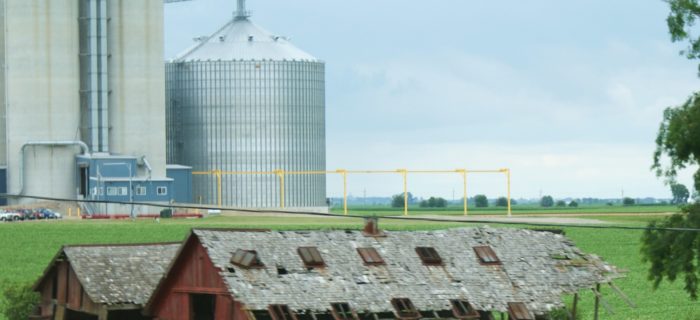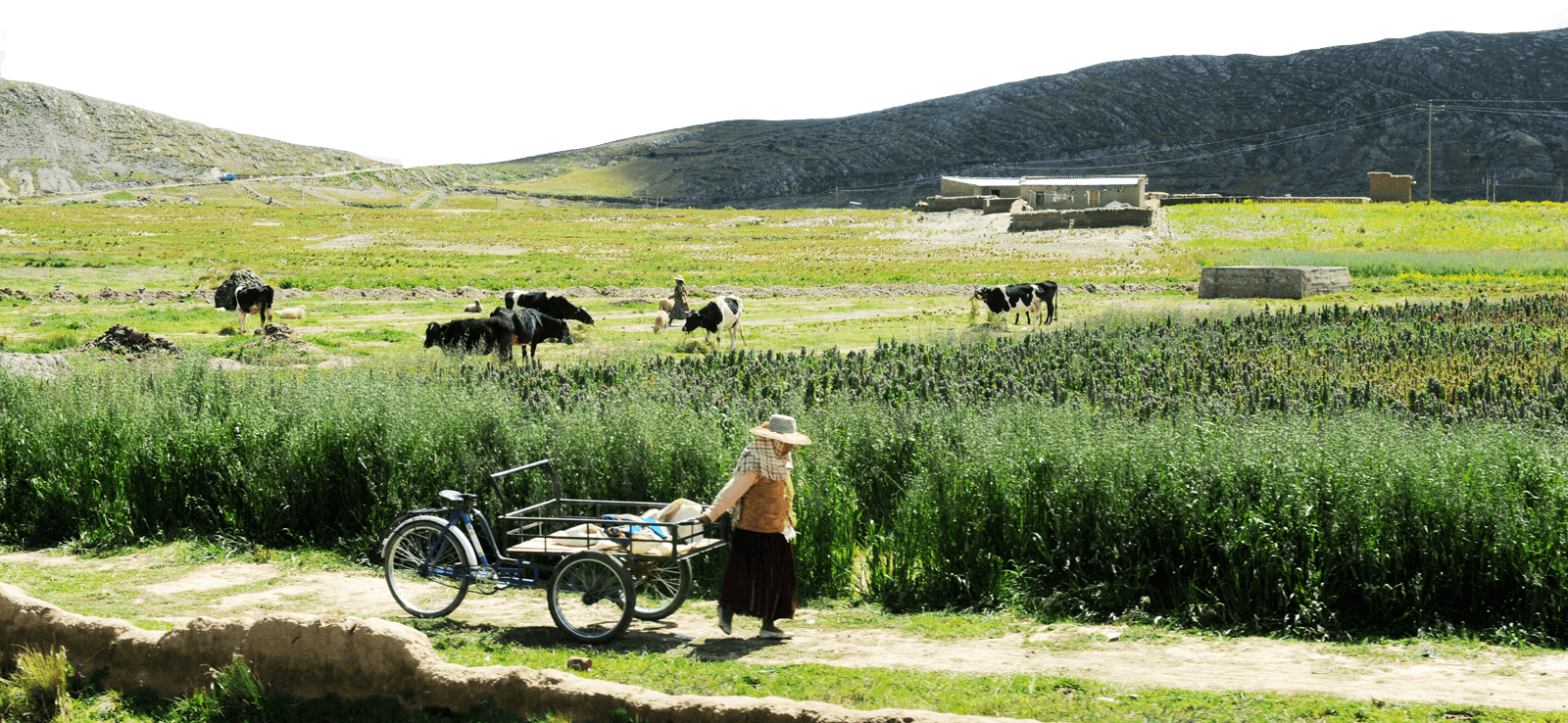What’s Smart About Climate-smart Agriculture?
Click here to download this Policy Brief, or view in full below.
Over the past seven years, leading international institutions involved in the design of food and agriculture policy on a global scale have increasingly turned to the rubric of ‘climate-smart agriculture’ (CSA) to coordinate their activities. Proponents of this new term include the World Bank, the Food and Agriculture Organization (FAO) and the Consultative Group for International Agricultural Research (CGIAR). For such institutions, CSA provides an appropriate set of goals and governance mechanisms to create a new global food system that is not only more productive in the quantity and variety of food it can provide, but also more resilient to climate change impacts while producing fewer greenhouse gas emissions. When we examine these proposed objectives of CSA – increased productivity, greater resilience, and a reduction in emissions – these would all appear to be goals we share and strive towards. On this basis, CSA appears, at first blush, to be a highly appropriate way to think about the intersections of food, agriculture and development for the coming decade.
In this policy brief, however, I nonetheless raise strong questions about CSA’s suitability as a governance mechanism for the promotion of a sustainable and equitable food system.
Click here to download this Policy Brief, or view in full below.
Taylor-Climate-Smart-Ag-Food-First_-Final-1


 Help Food First to continue growing an informed, transformative, and flourishing food movement.
Help Food First to continue growing an informed, transformative, and flourishing food movement.




